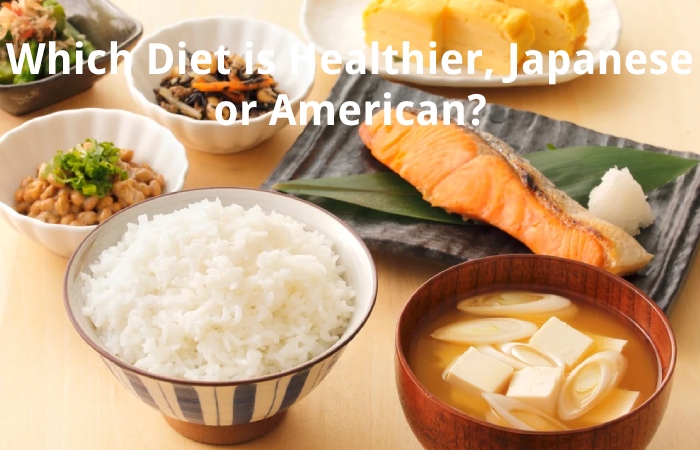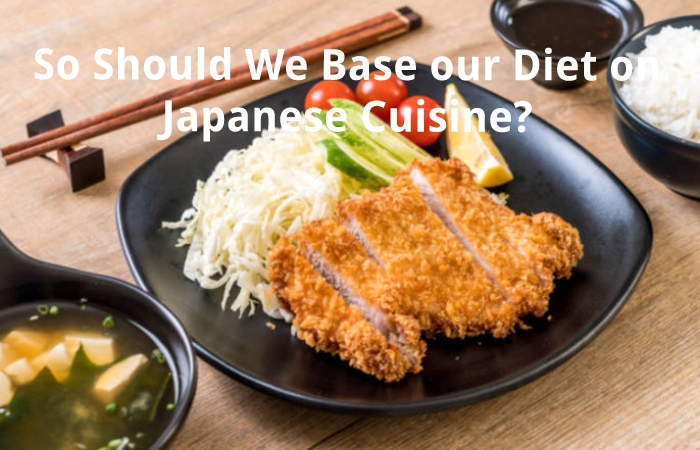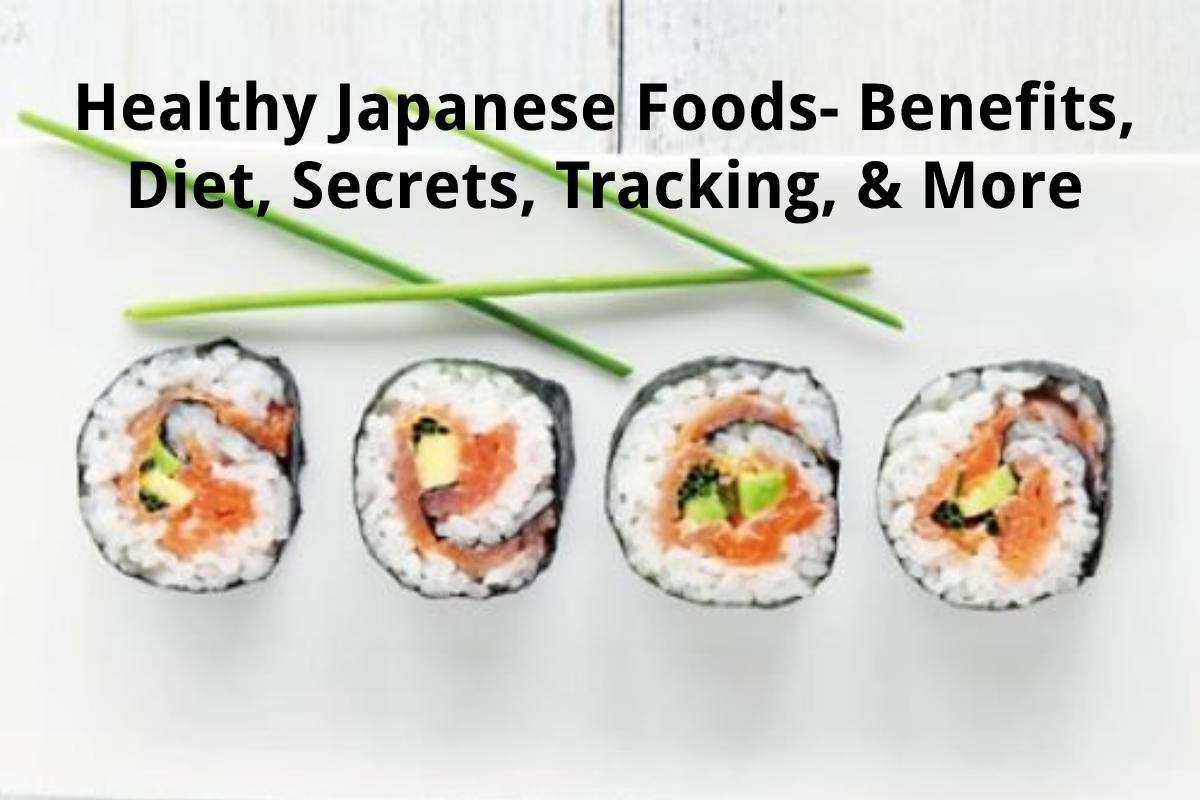Table of Contents
Healthy Japanese Foods
The list of healthy Japanese foods is a compilation of Japanese superfoods. Superfoods are foods endowed with superior nutritional capacities. For more information, see the definition given by European Food Information Council.
The list of healthy Japanese food aims to be a tool for you to know the healthy Japanese foods interested in eating. Surely we will get some surprises because we already eat some of them and love them! For the foods that you have not tried, I recommend that you try them, as they are foods that we are interest in eating.
Benefits of Healthy Japanese Foods
Today there is a growing trend in society in the awareness of how food affects our health, that is why issues such as: what food contains, how it is made or how it prepares are problems that we have to educate ourselves about if we want to have a long and prosperous life ;)!
Among healthy foods, traditional Japanese food is one of the most benefits because it bases on the following principles:
- Select and prepare food in harmony with the season of the year.
- Only the freshest ingredients select; that’s why they are eaten when it’s time.
They process foods using methods that enhance flavours and nutrients. For example, they use natural fermentation to transform soybeans into miso, which helps destroy toxins in the bean while increasing the concentration of isoflavones.
Below I present 18 Japanese foods considered superfoods that have been selected from the following book: Japanese food that heal
Miso
fermented soybean paste is an excellent source of essential amino acids, vitamins and minerals. Apart from being a common source of calories and fat. In any case, isoflavones are a great asset of miso and other fermented soy foods such as tofu, soy milk, soy sauce, and tempeh. Isoflavone consumption has been shown to improve mental function, stabilize blood sugar, and protect against osteoarthritis. There are many types of miso, but to facilitate the purchase, you should look at the following:
Fermentation time: those of long duration, darker and saltier in flavour, and those of short term, which have less nutritional properties but are sweeter. In addition, the most traditional miso ferment at room temperature, a process that makes fermentation slower but richer, while industrial miso accelerates fermentation through temperature. Look for “natural fermentation” on the label.
Ingredients: Artisan manufacturing usually uses organic ingredients and sea salt and is generally made with koji made traditionally. On the label, look for “Organic”.
Pasteurization: You can find great unpasteurized miso, but remember that pasteurizing miso loses a lot of nutrients and flavours.
Which Diet is Healthier, Japanese or American?

To determine whether the Japanese diet has any health benefits, we first made a comparison with the American diet. To do this, we rely on data collected in surveys on the health and nutrition of the Japanese Americans, carry out in 1999 and 1996, respectively. We then use that information and, with the help of a nutritionist, create a week’s menu of 21 meals. Lastly, we prepared those dishes, lyophilized them and fed them to some mice.
Three weeks after starting the experiment, we found that the specimens fed with the Japanese dishes had a higher number of energy, carbohydrate and lipid genes and fewer stress response genes.
In What Season Have the Best Healthy Japanese Foods been Given?
We know that food changes over time. Recently, it said that the eating habits of the Japanese become western. Therefore more people are suffering from the consequences of lifestyle-related diseases such as arteriosclerosis and diabetes. Thus, want to know when the best food in Japan was given, but there are hardly any scientific studies that collect this assessment or compare the current Japanese diet with that of other times. So, we did recreate the diet of various eras and fed those dishes to lab mice to see which period had the most effective diet concerning lifestyle-related diseases, ageing, and health.
Prevention of Diseases Associated with Aging
Subsequently, we assess the impact of each year’s diet on longevity and ageing. To do this, we use accelerated senescence mice, often used in many experiments on ageing-related diseases. There were no critical changes in the rate of ageing in mice that were 24 weeks old; however, at 48 weeks, a slower pace of ageing observed in those on the 1990 and 1975 diets compared to 2005. In addition, the rate of ageing was notable for being slower in those in 1975.
Regarding learning memory, the difference was practically nil in the 24-week-old mice; however, 48-week-olds fed the 1975 diet retained greater capacity than those provided in 2005. In addition, specimens fed in 1975 and 1990—particularly the former lived longer than those on a diet like the one in 2005.
The Food Secrets of Healthy Japanese Foods
Five aspects characterize this diet, namely:
Variety of ingredients. Ideally, there should be more than three dishes between the main and companions.
Elaboration methods: Stewed, steamed, or raw foods prefer, followed by boiled and roasted. Consumption of fried and stir-fried dishes was moderate. Cooking foods with oil causes them to lose functional ingredients due to heat; For example, in the case of blue fish such as horse mackerel or mackerel, it is better to consume them in sashimi (raw) since, when fried, they lose up to a tenth of their eicosatetraenoic acid (EPA) and their docosahexaenoic acid (DHA).
Food. Legumes, fish and shellfish, tubers and roots, vegetables (also pickled), fruits, algae, mushrooms, and tea consume most, while eggs, dairy products, and meat were eaten in moderation.
Condiments: Broths are use, as well as fermented condiments: soy sauce, miso, vinegar, mirin, and sake. The consumption of salt and sugar reduction.
The standard menu: a soup and three dishes (a primary and two sides, plus rice, considered the leading food). The best thing about this model, in which there will always be, by default, the main meal and a soup, is that it allows endless combinations.
What is there to Drink at Healthy Japanese Foods in Table?
One of the most consumed beverages by the Japanese is green tea. They take it throughout the day, even to accompany meals. In Japan, there are vending machines on every corner that, instead of soft drinks, dispense green tea. Green tea is an antioxidant, a powerful fat burner, prevents cardiovascular diseases, improves physical and mental performance and reduces the risk of some types of cancer.
So Should We Base our Diet on Japanese Cuisine?

Japanese cuisine is not just sushi. What’s more, sushi is perhaps one of the most caloric dishes of this healthy cuisine. Especially the sushi, let’s say, classic. That is, the rice rolls with seaweed and a portion of fish contain sugar, in addition to made with refine rice, the most caloric. If you like this Japanese cuisine, it is better to opt for sashimi, raw fish accompany by a seaweed salad or a portion of edamame (steamed soybeans). If your preferences for cook fish or shellfish, a good option is the tatamis.
Tracking Traditional Japanese Cuisine in Japan
Most Japanese are firm followers of their gastronomy, especially the traditional one. This is based on a great abundance of fresh products, cereals, fish, and to a lesser extent, some meat. The Japanese government strongly commit to controlling obesity levels in the population. To do this, it has two fundamental laws.
On the one hand, the Shaku Iuka law promotes nutritional learning in children from an early age. On the other hand, the Metago law controls weight in the adult population.
Conclusion
Japan is the longest-living country in the world, not only in terms of life expectancy. If but also in terms of healthy life expectancy; that is, the number of years that can live autonomously. One of the reasons that would justify such high data in both cases is the Japanese diet. In which has investigate from different angles in several countries.

